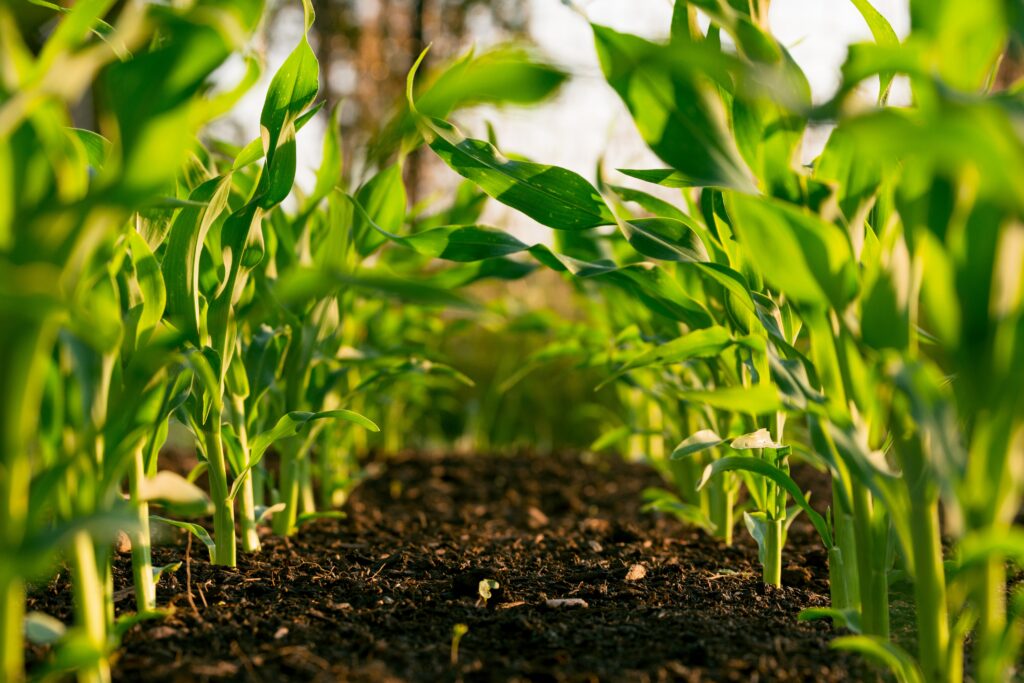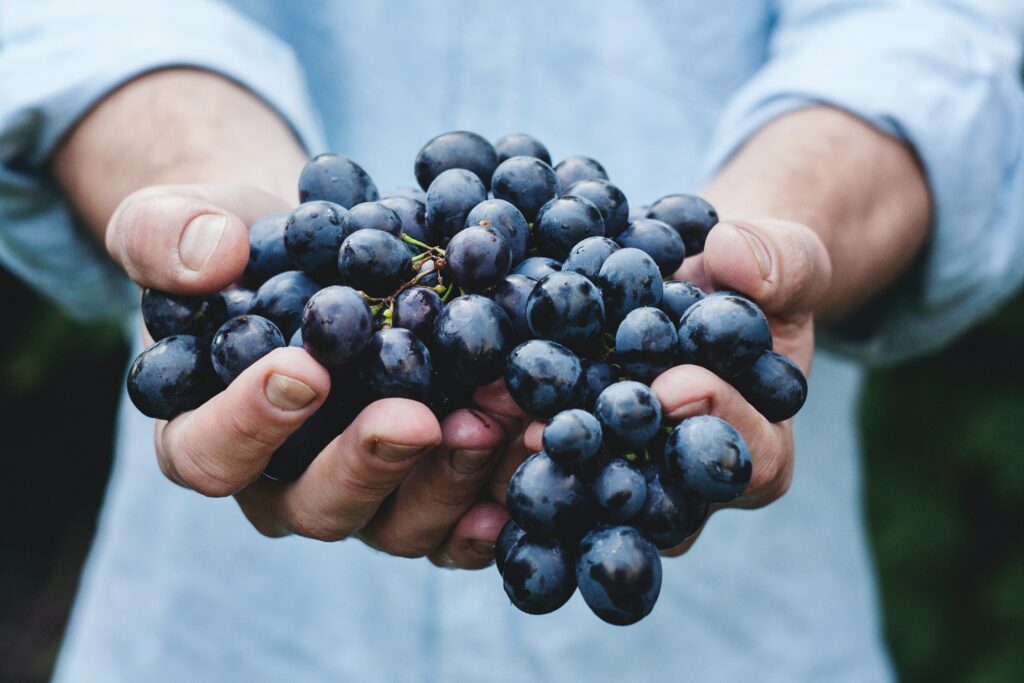With Spring beginning this week, soon the planting season will start as well. As mentioned earlier (in Building a Climate Resilient Business Resource Kit – Temperature and Precipitation), changes in temperature and precipitation patterns will have significant implications for regional agricultural operations that may present a mix of positive and negative impacts depending on location and crop grown or livestock raised.

What may happen?
Under the high emissions scenario, both the average length of the growing season and climatic suitability for certain crops as well as the level of crop heat stress and pests are expected to increase. This combination of impacts, amongst others, will call for further analysis of climate change impacts on smaller spatial scales so agricultural businesses and those that rely on them can implement adaptation measures suitable to their particular situations.
During the historical period of 1971-2000, the average annual growing season was 166 days in length, typically starting around May 12 and ending around October 23. The high emissions scenario projects an expansion of the growing season into April and November by the 2080s, resulting in an approximate addition of 51 days or roughly two months of the growing season by the end of the century.
What can be done?
Innovative adaptation strategies will need to be found to mitigate the impacts of heat stress and pests without causing further environmental damage. The high emissions scenario presents a substantial expansion of the growing season with important implications for agriculture, wildlife, and ecosystems.
Some crop species may benefit from the longer growing period, resulting in higher yields and new planting opportunities. This may require a shift in both when crops are planted and harvested as well as what types of crops may need to be removed from rotation and what others could be added. For example, Ontario is known for cooler-temperature wines like Riesling, but these may not yield crops as temperatures warm. Shifting to warmer climate grapes like Shriraz may open new market opportunities.

As the growing season lengthens with warming temperatures, crop growing degree days (GDD) increases as well. GDD provides an index of the amount of heat available for the growth and maturation of plants and insects and typically considers a minimum temperature threshold important for physiological development 2.
Under the high emissions scenario, many of the major crops in Ontario, such as corn, canola, and beans see an increase in growing degree days over the 21st century. However, GDD calculations provide only an approximate assessment of potential crop growth and do not always account for other climatic factors. For example, many GDD calculations do not account for maximum temperature thresholds over which crop growth is impaired, providing a caveat that must be considered when using this parameter for climate change impact assessments.
If you would like to read about the Partners in Project Green (PPG) FREE Resource Kit that can help guide you through the complexity of climate change and climate change-related risks for your business, visit the Building a Climate Resilient Business Resource Kit page or read the related news story.

